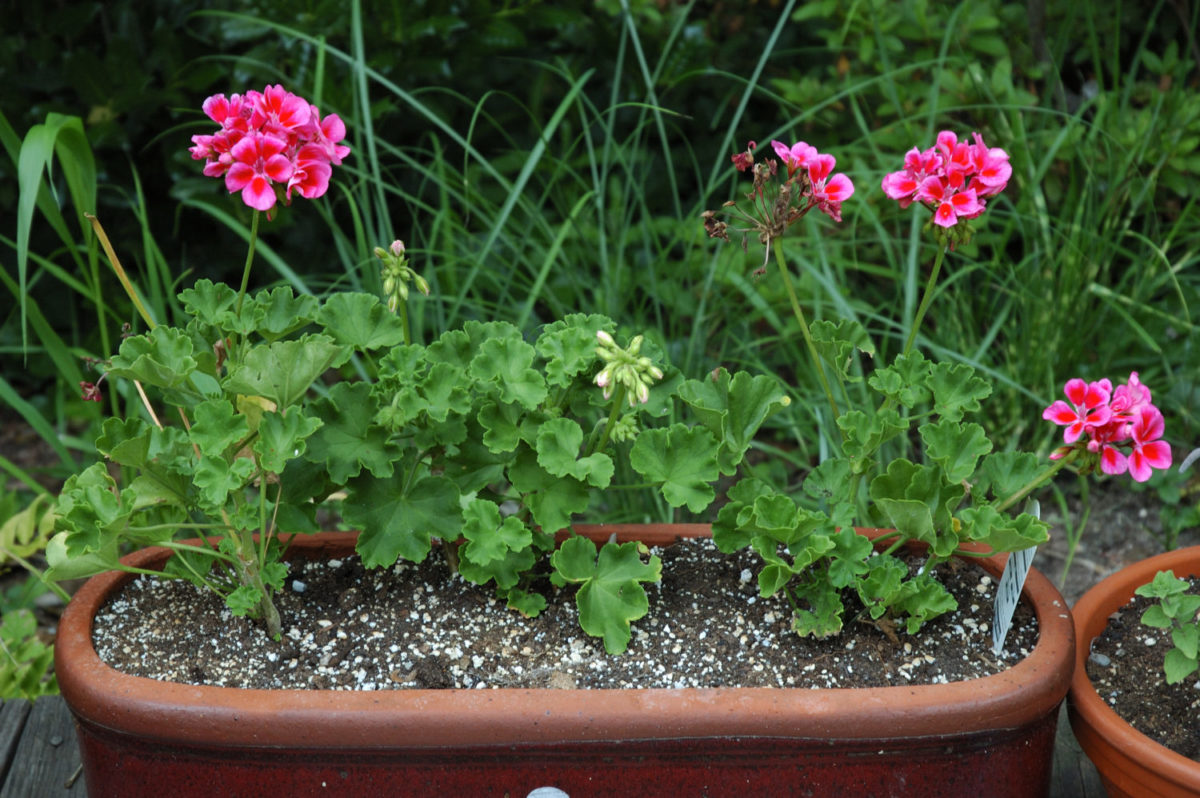
The geranium really enjoyed being in the sun and made a lot of new leaves. Not a single flower, though. One day, I bought two new geranium plants from our local farmer’s market, and planted them on both sides of the old one. I joked with my husband that maybe the flowerless plant would learn by example that it was time to make new flowers. A few days later, I was out for my usual morning backyard inspection, and I looked at the geraniums. The plant that almost died last year and didn’t know how to make flowers, had a bunch of new flower buds.Maybe geraniums have a social life, too
[Update] The First Symposium of Plant Neurobiology was held in Florence, Italy, last May. And you know what this means: Having a symposium of plant neurobiology is like admitting that plants have a brain. From the symposium’s website we can gather that plants are able to distinguish between self and no-self, have complex reactions to touch, and can remember. One entire section of the symposium was dedicated to “Plant-to-Plant Communication and Ecophysiology.” In particular, it seems that plants send chemical signals to each other to communicate the presence of predators. The plants receiving the signal start chemical changes that will make them more resistant to injury and assault. (read more about plant neurobiology on the Christian Science Monitor)

August 26, 2005
i wonder… have you read The Secret Life of Plants?
i should also say your blog looks quite interesting… i just stumbled upon it from semiologic. i’ll probably return.